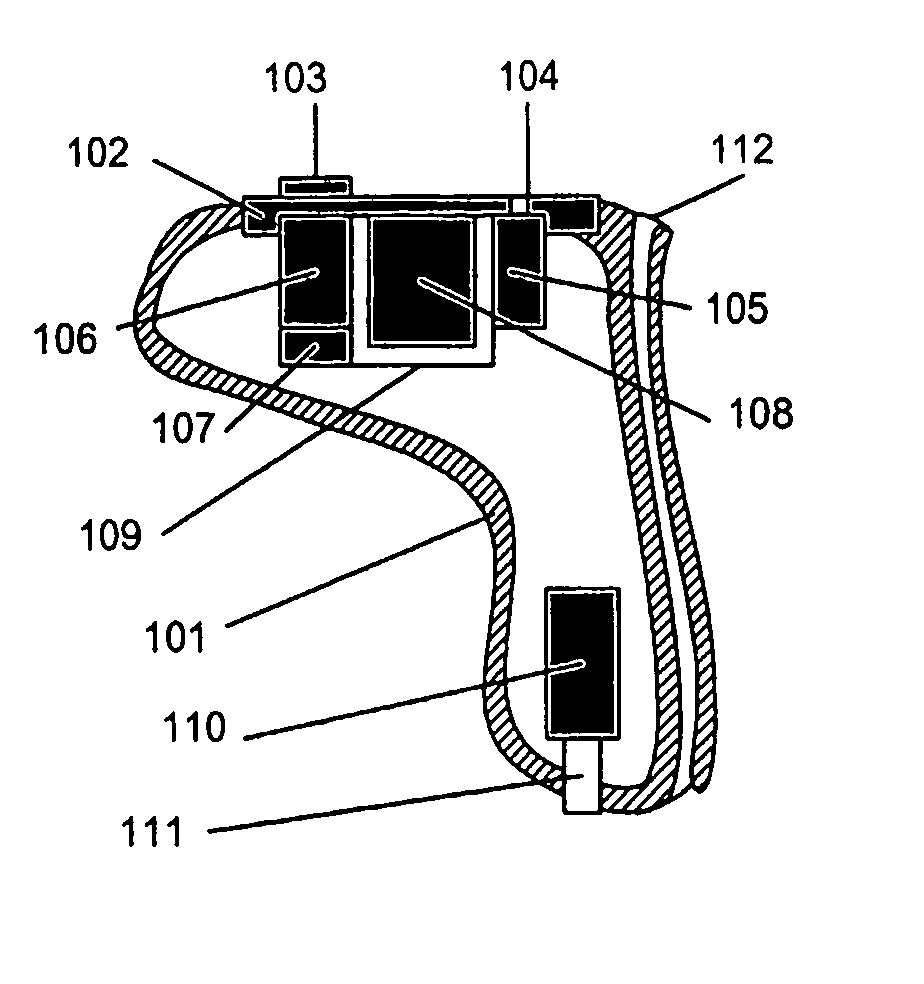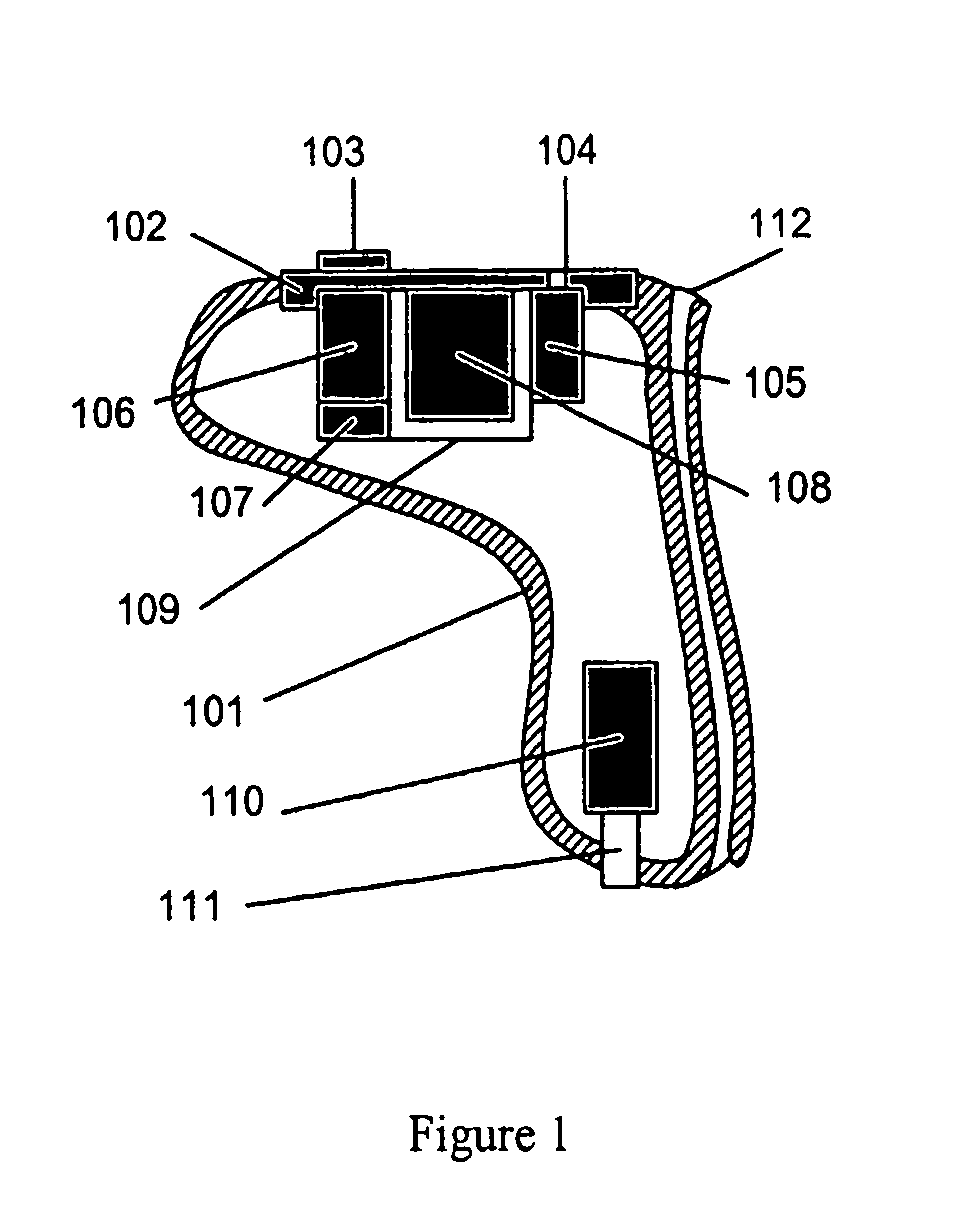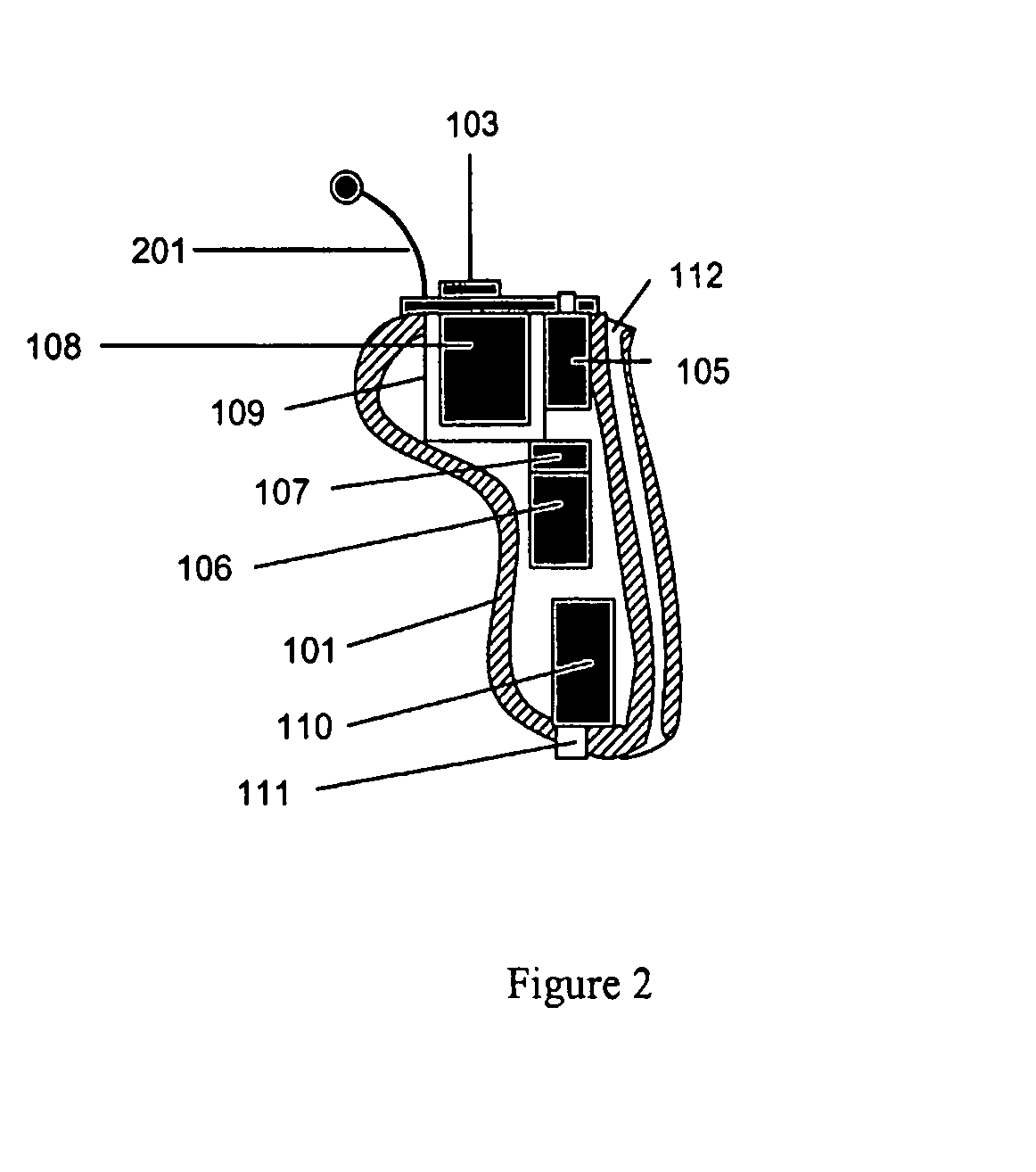Method for modelling customised earpieces
a customised earpiece and customised technology, applied in image data processing, analogue and hybrid computing, complex mathematical operations, etc., can solve the problems of low quality, incomplete earpieces, and prior art methods that do not disclose how to model complex earpieces with more features
- Summary
- Abstract
- Description
- Claims
- Application Information
AI Technical Summary
Benefits of technology
Problems solved by technology
Method used
Image
Examples
Embodiment Construction
[0192] 1.1 General Definitions
[0193] 3D: A General Abbreviation for Three-Dimensional.
[0194] 3D modelling operations: A number of different operations that alter the geometry of the original 3D model. These operations are used to change the outer and inner geometry of the earpiece. The 3D modelling operations are also'used to make an optimal placement of the inner components of the apparatus.
[0195] 3D model: A geometric representation of an object. This can either be an object of unique and complex geometry obtained by using a three dimensional scanning device or an object parametrically generated using a traditional CAD system or another 3D modelling software program. Different types of representations of 3D models exist. In one of the most common representation the 3D model is parameterised by a number of vertices, which are connected by triangles, see FIG. 7.
[0196] Original 3D model: The 3D scan of the meatus and / or auditory canal before any 3D modelling operations have been perf...
PUM
 Login to View More
Login to View More Abstract
Description
Claims
Application Information
 Login to View More
Login to View More - R&D
- Intellectual Property
- Life Sciences
- Materials
- Tech Scout
- Unparalleled Data Quality
- Higher Quality Content
- 60% Fewer Hallucinations
Browse by: Latest US Patents, China's latest patents, Technical Efficacy Thesaurus, Application Domain, Technology Topic, Popular Technical Reports.
© 2025 PatSnap. All rights reserved.Legal|Privacy policy|Modern Slavery Act Transparency Statement|Sitemap|About US| Contact US: help@patsnap.com



